1+1=2; 1+2=3…
Addition tables are easy to understand.
1+1=2
1+2=3
1+3=4
1+4=5
This progression could go on infinitely, and you’d have no trouble figuring out the totals.
Now, here’s a secret some people don’t want you to know: many forms of divination are just as simple.
Let’s look at Tarot. According to some authorities, the Two of Pentacles means teamwork and collaboration. You may have different meanings for the card, but this is a good place to start. Now, look at a simple, three-card spread. Position one reveals the situation, position two reveals advice, and position three reveals the outcome.
The question you have is “What’s going to be happening at work?”
If the Two of Pentacles falls in the first position, it could indicate that they’re trying to enhance teamwork and collaboration at work. Card + Position = Result (1+1=2)
If the Two of Pentacles falls in the second position, it could indicate that in order to get through the events at work, you need to increase collaboration and teamwork. (1+2=3)
And if the card appears in the third position, it implies that the result of the current situation will be more teamwork and collaboration (so you’d better get used to the idea). (1+3=4)
That’s really how easy it is to learn the Tarot. Simply learn the meanings of the cards and combine them with the meanings of the position in the card spread. After you learn this, if you want a more advanced approach, look at the overall vision of the cards in the spread to give what’s called a “synthesized” reading. Basically, that just means you’ve put all of the individual information together into a coherent whole.
Above are the covers of four books that can help you get started to learn the Tarot just as quickly and easily as I’ve described. The are:
Tarot for Beginners by Barbara Moore
Easy Tarot by Josephine Ellershaw and Ciro Marchetti
How to Read the Tarot by Sylvia Abraham and
Tarot Plain and Simple by Anthony Louis.
Click on any of the titles for more information about these books. If you’re looking for a complete kit with both a full book explaining how to read Tarot cards and a traditional deck, I recommend the Tarot Kit for Beginners. The book is by accomplished Tarot practitioner Janet Berres and the deck is the beautiful Universal Tarot. Here’s what the box and cards look like: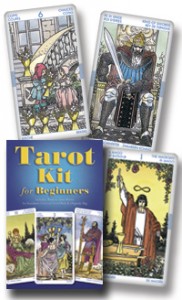
This simple explanation and understanding of how to perform a divination isn’t limited to using the Tarot. The same concept is true with astrology. For example, the Sun is said to represent the self or the ego, the inner core of a person.
Aries, the first sign, is centered on the idea of starting things. Therefore, a person with their Sun in Aries (1+1) may be focused on starting things associated with their inner self (=2).
Taurus, the second sign, relates to possessions and practicality. Therefore, a person with their Sun in Taurus may do practical things to maintain what they think supports their inner self. (1+2=3)
Gemini, the third sign, relates to intelligence, thinking, and learning from others. Therefore, a person with their Sun in Gemini may quietly listen to what others have to say in order to fully discover who they really are. (1+3=4)
Astrology is really just this easy to learn. Like the Tarot, it simply involves the act of combining different things together. As you become more experienced and advanced, you can synthesize these separate aspects of interpreting a chart into a unified whole. Some good books for learning astrology include:
Astrology for Beginners by Joann Hampar
Astrology by Kevin Burk, and
Llewellyn’s Complete Book of Astrology by Kris Brandt Riske
You can learn more about these books by clicking on their titles. Their covers are below:
So the next time someone claims learning a divination system like the Tarot or astrology is difficult, you can tell them the truth—it’s as easy as 1+1=2.


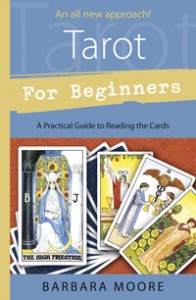
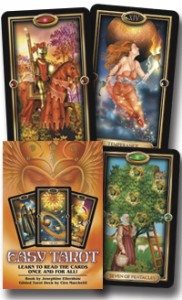
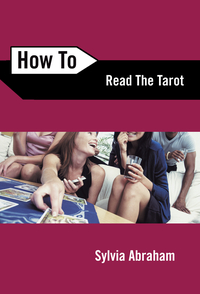

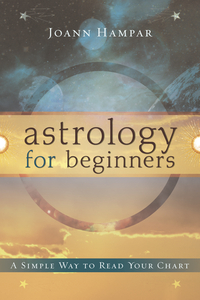
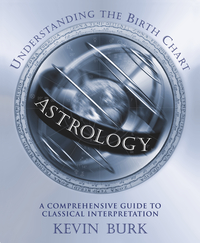
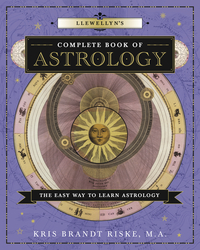






What is the extent to the “Expansive Nature” mathematical attributes ..
1 + 1 = 2, yet it also equals 3. (Perhaps, for example, a Triad with a solidifying “4th”, each of past, present, and future may further be employed magically-mathamatically by the Magus, and so on)
As far as addition goes, maybe
1.4 + 1.4 = 2.8
(1.4 rounds to 1; 2.8 moves to 3)
+++